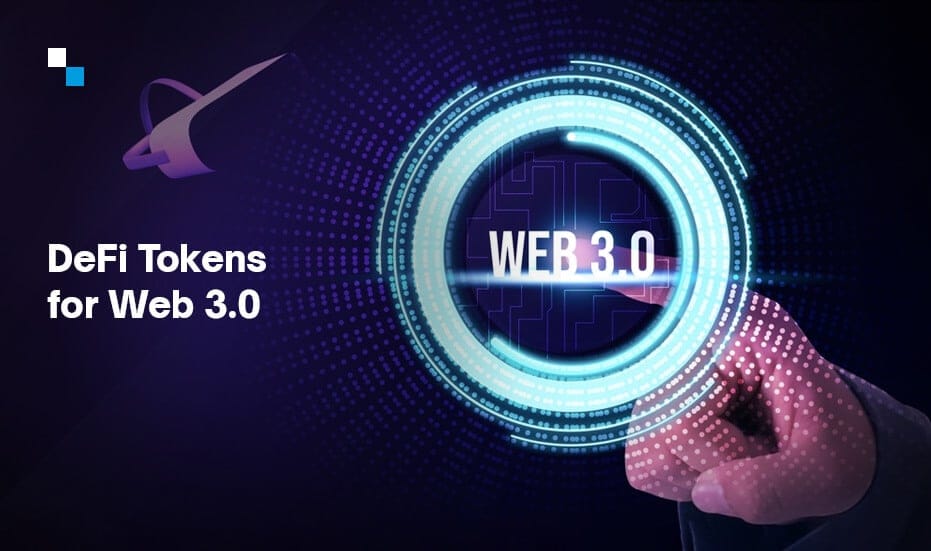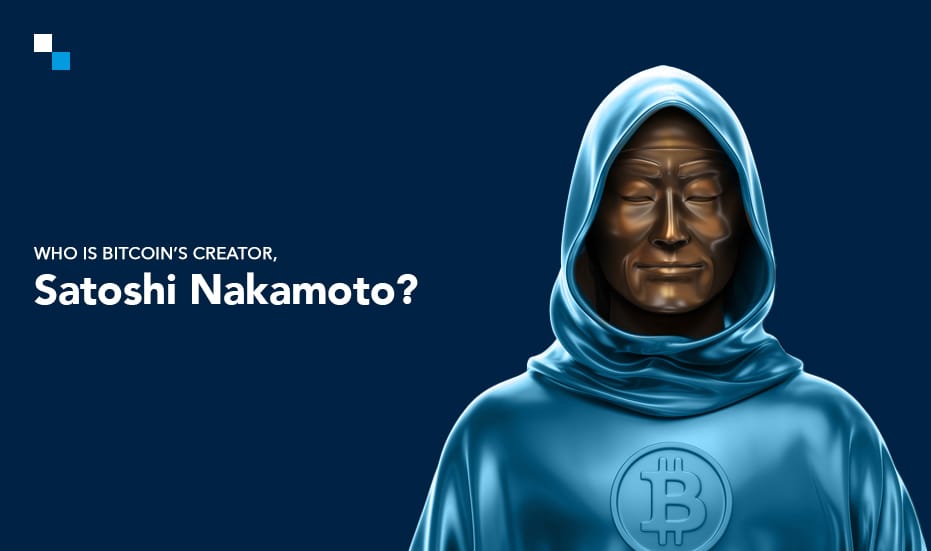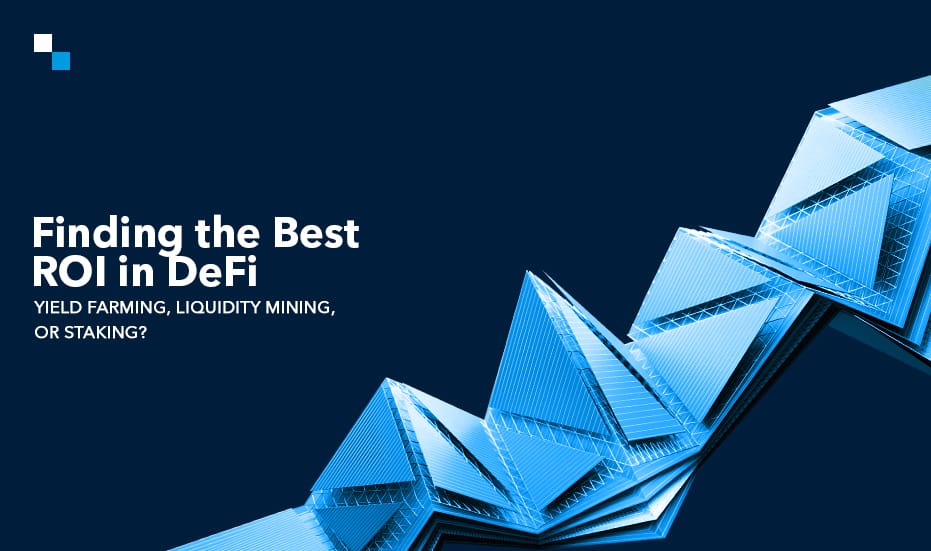
Understanding Different TRON Token Creation Standards
July 27, 2022
What does Banking in Metaverse mean in 2022?
July 28, 2022According to the latest statistics, DeFi has over 4.8 million users as measured in unique wallets. Over the years, hundreds of DeFi apps have been built on different blockchains like Ethereum, Binance Smart Chain, Polygon, and more. With the evolution of DeFi app development, DeFi token services evolved. We saw DeFi applications being developed to mirror traditional finance. For example, DeFi exchanges, DeFi lending, borrowing apps, and insurance apps. For the same DeFi apps, tokens were built to perform different functions.
With the Web3 scene heating up, Decentralized Finance (DeFi) apps and tokens are seeing a shift. As a result, a DeFi token development service also needs evolution. Before we understand what kind of DeFi tokens will power Web3.0, it is important to understand how DeFi tokens are different from cryptocurrencies.
DeFi token versus other cryptocurrencies
A Defi token development company will generally build the tokens on the same blockchain on which the DeFi app is built. While the DeFi tokens have the same basic features of seamless and transparent transfers, they are built to serve a specific purpose in the DeFi protocol for which they are developed.
Different types of DeFi tokens
Protocol Gas tokens
Ethereum was the first blockchain to introduce smart contracts. These smart contracts automate the rules associated with the DeFi protocols. Over the years, we saw hundreds of DeFi applications develop on Ethereum and other smart contracts supporting blockchains.
These DeFi applications ranged from yield farming apps, and lending/borrowing apps to decentralized trading apps. But all of these apps and protocols use base blockchain tokens to pay gas fees. For example, a DeFi protocol built on Ethereum will use ETH to pay the gas fees for each transaction done by the users. A part of this fee goes to the network validators.
When we see Web3.0 rollouts in full capacity, we will see DeFi apps will continue to use the base blockchain tokens for paying gas fees. Whenever a DeFi token development service company builds a DeFi protocol, it brainstorms and picks the right blockchain where the gas fees are minimal as this plays a vital role in the adoption of the protocol.
Lending/Borrowing Tokens
We have seen DeFi lending and borrowing protocols like Aave, Compound, and Maker DAO soar in popularity over the last few years. If we take the example of Aave, it was primarily built on the Ethereum blockchain, but due to the high gas fees and congestion issues, it also moved to other blockchains like Polygon and Avalanche. On Aave, users can lend and borrow a range of cryptocurrencies. The Aave DeFi protocol has AAVE as its native token, but before we understand the use case of the AAVE token, we need to understand how Aave and protocols like this work.
On Aave, when the depositor deposits ETH, they receives aETH. aETH is an interest-bearing token. This means that the depositor can withdraw his ETH any time and receive deposited ETH plus the interest he earned during the deposit duration. Now in this transaction, the AAVE token has no role but it has two key use cases:
a) Governance
Aave is a decentralized protocol which means its governed by its users. But the users who can vote in any important decision need to hold a minimum amount of AAVE tokens.
b) Securing the protocol
AAVE holders act as a backstop for the Aave DeFi protocol. In fact, Aave introduced a new concept known as Safety Module which opened up a strong use case for AAVE token. Basically, in case the Aave protocol doesn’t have enough funds to pay lenders, the AAVE locked in the Safety Module will be sold to pay the lenders. Thus, the AAVE token secures the protocol of the shortage of capital.
DEX tokens
One of the most popular DeFi token services is a decentralized exchange (DEX) – for example, Uniswap and SushiSwap. The market-makers or the liquidity providers (LPs) add crypto assets to the liquidity pools. Every time a trader or market-taker places a buy order for a specific trading pair, the LPs earn some rewards in the form of DEX tokens. In the case of Uniswap, it’s UNI and in the case of SushiSwap, it’s SUSHI.
Both these tokens also act as governance tokens for the respective DEXs.
Wrapping it up
Blockchains like Polygon are rapidly evolving to support the growth of Web3.0. As a leading DeFi token development company, we are continuously on the lookout for trends in DeFi token services space for Web3.0. If you have a Web3.0 idea in mind, our development experts will put it into implementation.
Connect with our subject matter experts to share your business needs.



